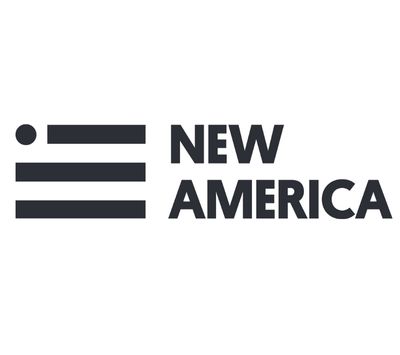In the Media
Students Deserve Simpler Fin Aid Offers, the Understanding the True Cost of College Act Will Help
March 9, 2023
By Edward Conroy
-(8).jpg)
For the majority of students and their families, paying for college is one of the most expensive transactions they will ever undertake. Unfortunately, there is no way for students and families to easily compare financial aid packages so they can figure out how much they will pay at different schools. No requirements exist that dictate how an institution should provide this information in a consumer-friendly format to students and families.
The Understanding the True Cost of College Act, reintroduced last week, will help solve the problem of confusing financial aid offers by providing clear guidance to institutions about the standard terminology they should use in their financial aid communications. The proposed law also requires institutions to provide an easy to understand financial aid notice that will be developed with stakeholder input from students and financial aid administrators.
In a previous life, I worked as a financial aid administrator at a large, diverse, public four-year institution trying to improve its financial aid communications—and know first-hand that it is really challenging to do well. I also understand, having worked in policy research, there are multiple areas where these communications fall short. Even with that experience, I still come across financial aid offers that I find incomprehensible–how are students meant to manage?
The changes proposed in this legislation will make it easier to compare aid offers and help families figure out college costs. Clear guidelines, and a standard template, will also take the burden off of institutions that are trying to convey financial aid information in a friendly format but lack the resources to do so.
There is ample evidence to show that prospective college students are often confused by what is in their financial aid offers—how much they will owe, to who, and how much aid they are expected to receive. In 2018 New America, together with uAspire, a national nonprofit that supports students in accessing financial aid and works to improve the financial aid system analyzed over 11,000 financial aid offers. Our analysis found that, among other problems, the financial aid offers included a lot of complicated jargon, often failed to disclose complete costs, lumped loans and grants together in confusing ways, and failed to provide clear calculations of students' total net price.
In 2019 in light of the research data highlighting problems with financial aid offers, Congresswoman Foxx (R-N.C), now chair of the House Education and the Workforce Development Committee, requested the Government Accountability Office (GAO) to study the issue further. Evidence from that recently published report shows that colleges are still failing to provide students with clear financial aid information.
The GAO's findings were so damning--only 9 percent met best practice standards--they have called on Congress to legislate a fix. And Congress has been trying to address financial aid offers since 2012 through the Understanding the True Cost of College Act.
In the intervening years between New America’s and uAspire’s report, and the GAO report, many financial aid administrators worked hard to try and fix their communications, but their hard work isn’t showing up at scale. The National Association of Financial Aid Administrators (NASFAA), the membership organization for financial aid administrators, also requires certain best practices for their members to follow as part of their code of conduct. But, even with best practices in place, little has changed indicating the scope of the problem is large and challenging to fix through guidance and voluntary provisions alone. NASFAA has acknowledged that self-regulation is not working and stronger measures are needed and has convened a task force dedicated to further investigation of the issue.
Financial aid offices are often underfunded and understaffed, and trying to support students with limited resources. Consumer research from New America has already revealed the best practices to ensure consumer-friendly financial aid offers, but now the law can put that research into action and establish a single playbook for everyone.
Better financial aid offers can also make life easier for overworked financial aid offices. I know all too well that admission season is one of the busiest times in a financial aid office. Aid offers have to be ready to go at the same time as admission decisions, and the day after, financial aid offices brace themselves to start explaining what their offers mean to students and families.
If financial aid offers were easier to understand, financial aid staff could spend more time, for example, helping the student who needs to appeal because one of their parents lost a job or helping those entangled in FAFSA verification, and less time helping every student confused by the formatting or jargon within their financial aid offer.
Paying for college is one of the only places where Americans make a massive financial decision without being provided with some kind of standard format disclosure or information meant to reduce complex information into a digestible and comparable format. Other complex and expensive transactions, like mortgages, come with standard and simple disclosures as a way to protect consumers, so why don’t we have one when it comes to paying for college?
The Understanding the True Cost of College Act would apply that same standard. Financial aid administrators should be able to focus their time on helping students through the process of securing their aid and navigating unusual situations, not explaining the contents of every financial aid package. Students should be spending their time figuring out how to get into college and how to succeed once they are there, not on deciphering how much money they will get to help pay for their education. It should not take a degree to understand how much it will cost to get one.